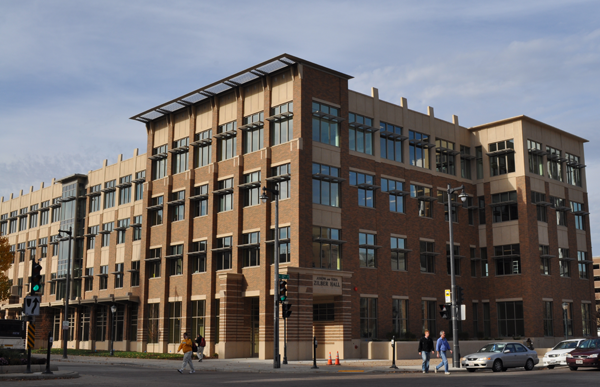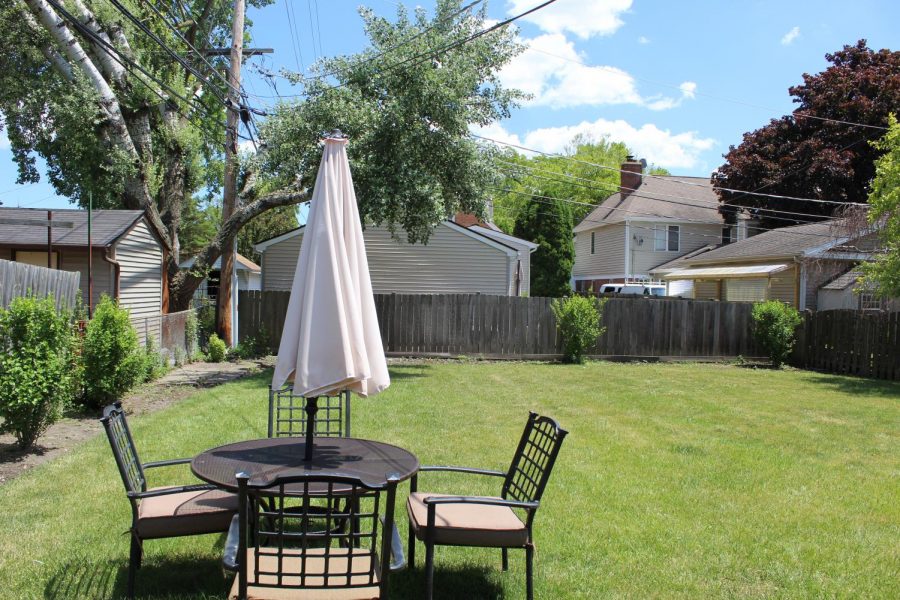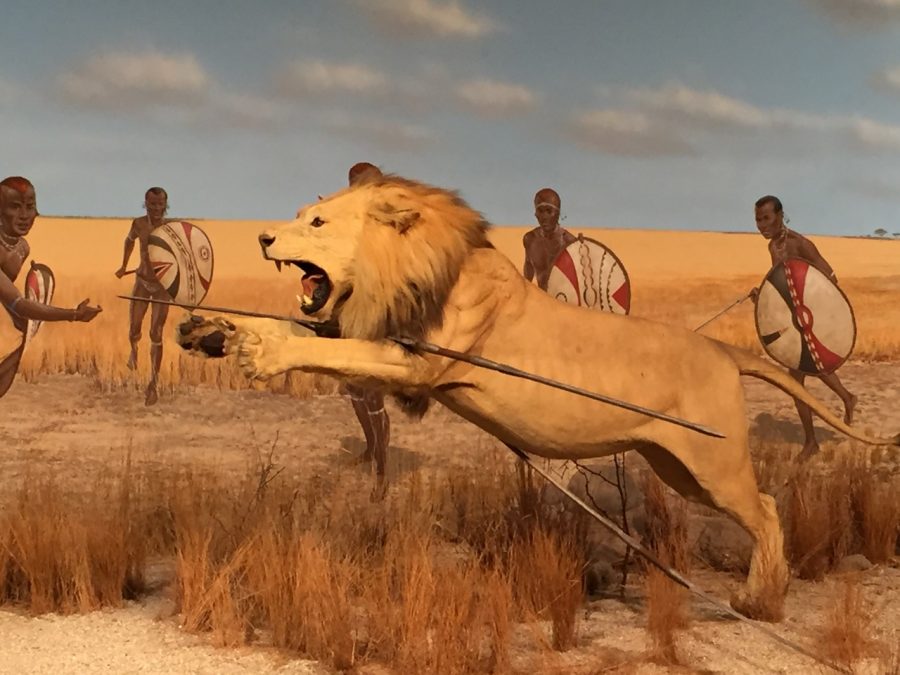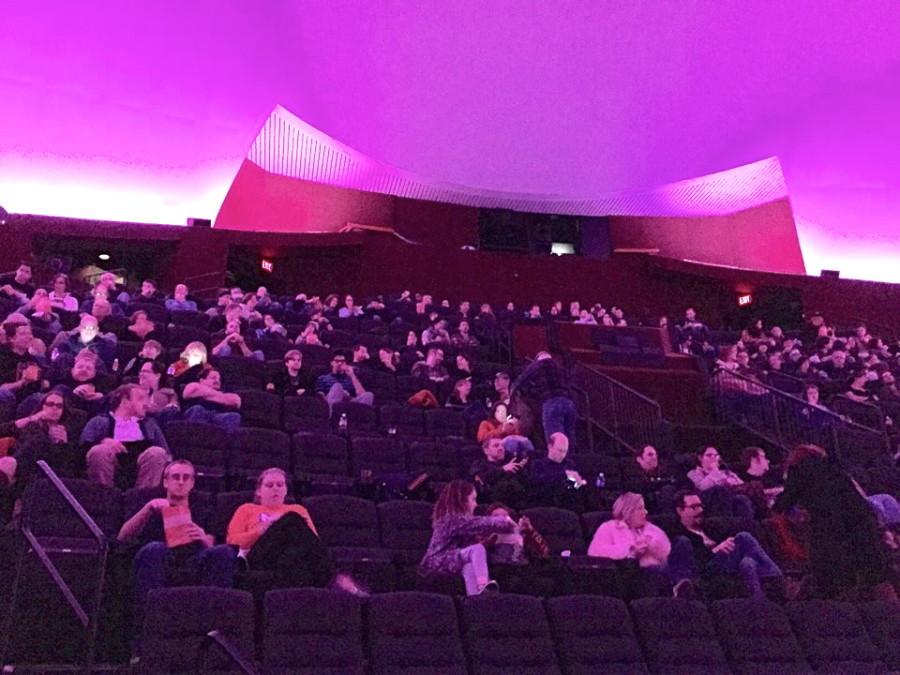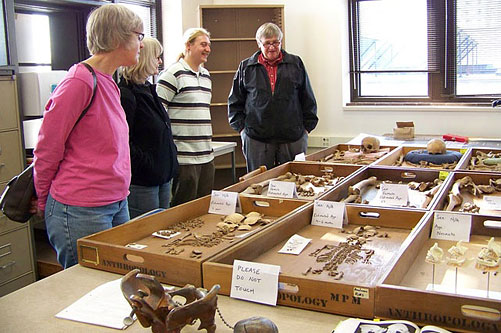Observing the cosmos from a city may seem impossible at first. Thanks to programs on and around campus, various methods of observation are available to students.
University of Wisconsin-Milwaukee’s Manfred Olson Planetarium offers weekly shows and events open to the public. Its Northern Lights show is a program open to the public every Friday night through Dec. 16. Admission is $4 per person.
Derek Palecek, an employee at Manfred Olson Planetarium and UWM student studying computer science, said the show focuses on how auroras are formed, and features snapshots of Northern Lights formations around the world.`
Opportunities to stargaze on the roof of the UWM Physics Building Observation Deck occur throughout the year. It’s a big hit among students and visitors.
“Our stargazing program is sold out usually, and there’s a healthy mix of students, faculty and the general public in the audience,” Palecek said.
The Marquette physics club has an astronomically low amount of opportunities to stargaze.
Christopher Stockdale, an associate professor of physics and astronomy at Marquette, said that there are only 10 or 12 students who minor in astrophysics at Marquette. The lack of an astronomy program takes a toll on the amount of stargazing opportunities on campus.
“We are hoping to bring out telescopes for students to use in the spring near the end of the semester,” Stockdale said. “We would have them on the roof of the physics building.”
According to Stockdale, the lack of astrophysicists on campus is mostly due to the size of the student body. Marquette has roughly 12,000 students, but schools like UWM, who have large astronomy programs, have more than twice the amount of undergraduates.
“Generally (undergraduate) students study (to) get a background in physics and do astronomy in grad school,” Stockdale said. “Job opportunities aren’t as good without studying astronomy in graduate school.”
For those looking to get out of the city to stargaze, the Milwaukee Astronomical Society offers opportunities to view the night sky from various planetariums including an observatory in New Berlin, less than 10 miles away from campus. The Society hosts public viewing nights throughout the year at the observatory.
The Milwaukee Public Museum is another place to go for a virtual stargazing show. Its IMAX Planetarium is open to the public and is running two short films on the features of the night sky.
“Wisconsin Stargazing” and “Passport to the Universe” allow the audience to see the night sky in detail and depth.
“Wisconsin Stargazing” puts a heavier emphasis on the planets of the solar system and constellations visible in Wisconsin at different points in the year, and is narrated by a live speaker.
“Passport to the Universe,” narrated by Tom Hanks, allows an audience to explore a 3D map of the universe carefully calculated to show people what the undiscovered parts of outer space look like. It displays some unique visuals such as the Virgo Super Cluster, Andromeda and Orion Nebula.
Tom Hanks wraps up the show with the famous Neil deGrasse Tyson quote, “we are in the Universe and Universe is in us. You, me and everybody, we are star stuff, citizens of the cosmos.”


